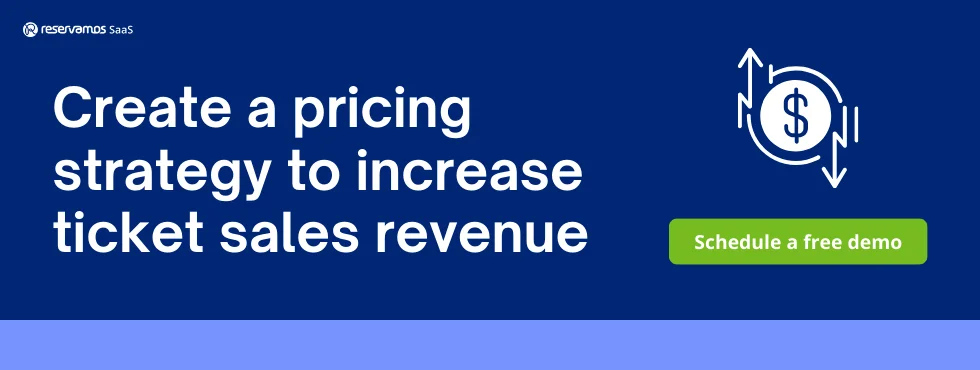A more efficient operation adapted to the market
Empty seats on a bus are one of the most recurring problems for many bus companies. Each seat that stops selling represents a loss and vulnerability in long-term operations. Far from being a new problem in the transportation industry, this was precisely the one that inspired US airlines to seek a solution in the late 1970s. The result is what is now known as Revenue Management.
What is Revenue Management?
Revenue Management is a technique that consists of obtaining historical data such as schedules, destinations, pricing of higher demand, and occupancy rate. This information is analyzed to find trends and implement sales strategies that maximize revenue.
In other words, it is a business process capable of generating forecasts and proposing strategies and price initiatives on time, promoting the growth and profitability of your business, based on an understanding of the company, the environment, the competition, and consumers, along with analysis tools and data crossing.
It provides a wide view of the business because it involves different areas of the organization and consolidates information from various sources to generate proposals and make decisions. Thus, Revenue Management replaces the basic models for defining sales prices, so that neither sales nor brand prestige is depreciated.
What is the Revenue Management process?
The methodology begins with the collection and storage of historical inventory data, such as prices, demand, high seasons, and other constant factors in the line operation. Market segmentation is then performed to set prices and maximize revenue.
Subsequently, demand, inventory, and market share forecasts are carried out to finally combine the data and make decisions to set the correct prices for the right customer at the right time and through the right channel. The Revenue Management process is cyclical, so it is in constant feedback and updating.





